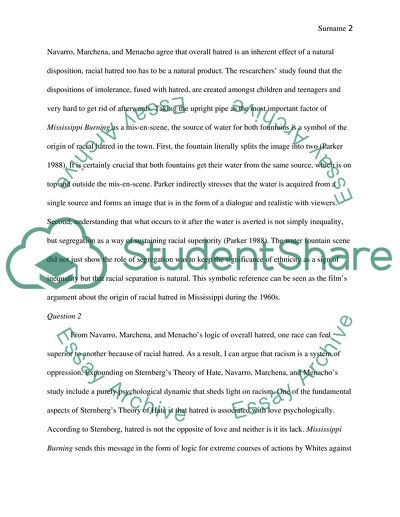Cite this document
(“Mississippi Burning Movie Controversy Essay Example | Topics and Well Written Essays - 1000 words - 1”, n.d.)
Mississippi Burning Movie Controversy Essay Example | Topics and Well Written Essays - 1000 words - 1. Retrieved from https://studentshare.org/sociology/1661091-mississippi-burning
Mississippi Burning Movie Controversy Essay Example | Topics and Well Written Essays - 1000 words - 1. Retrieved from https://studentshare.org/sociology/1661091-mississippi-burning
(Mississippi Burning Movie Controversy Essay Example | Topics and Well Written Essays - 1000 Words - 1)
Mississippi Burning Movie Controversy Essay Example | Topics and Well Written Essays - 1000 Words - 1. https://studentshare.org/sociology/1661091-mississippi-burning.
Mississippi Burning Movie Controversy Essay Example | Topics and Well Written Essays - 1000 Words - 1. https://studentshare.org/sociology/1661091-mississippi-burning.
“Mississippi Burning Movie Controversy Essay Example | Topics and Well Written Essays - 1000 Words - 1”, n.d. https://studentshare.org/sociology/1661091-mississippi-burning.


